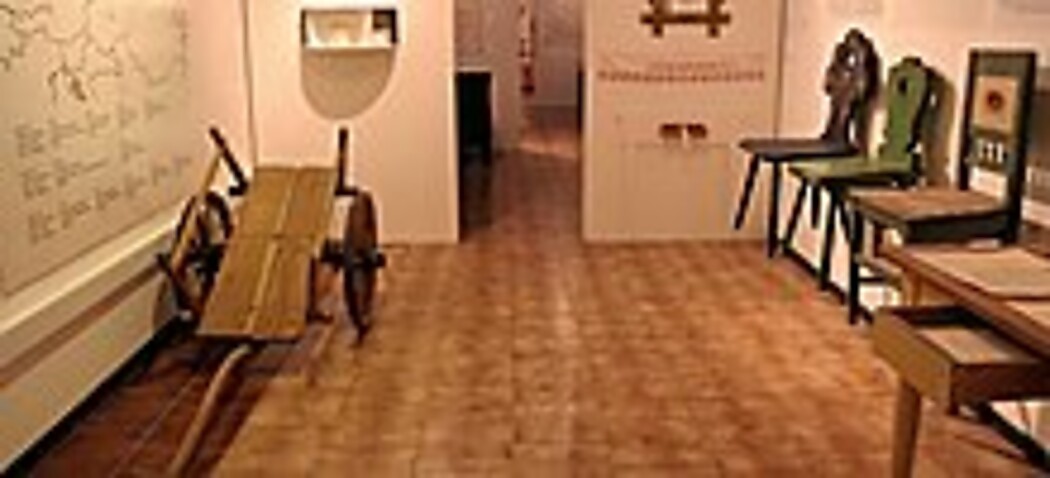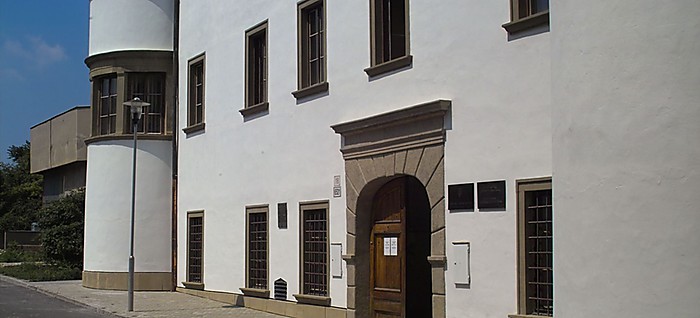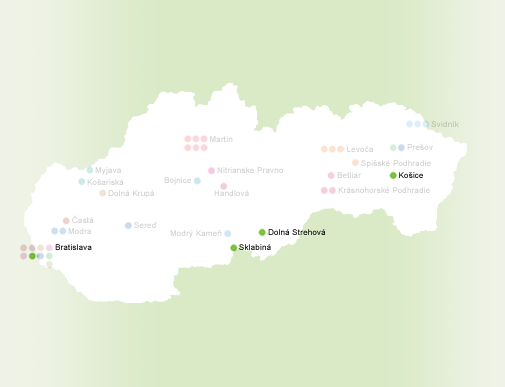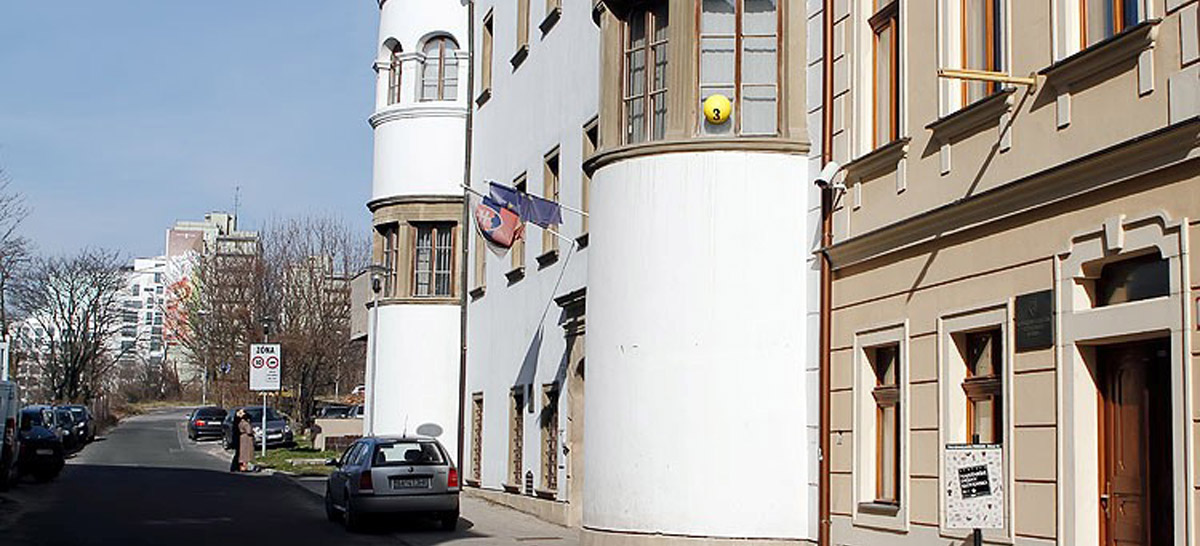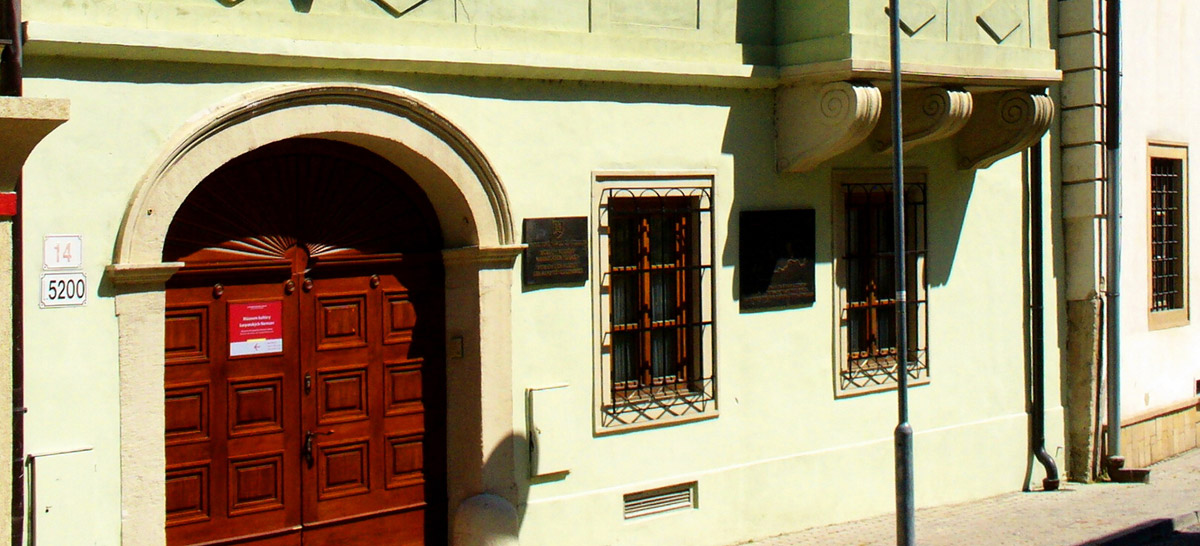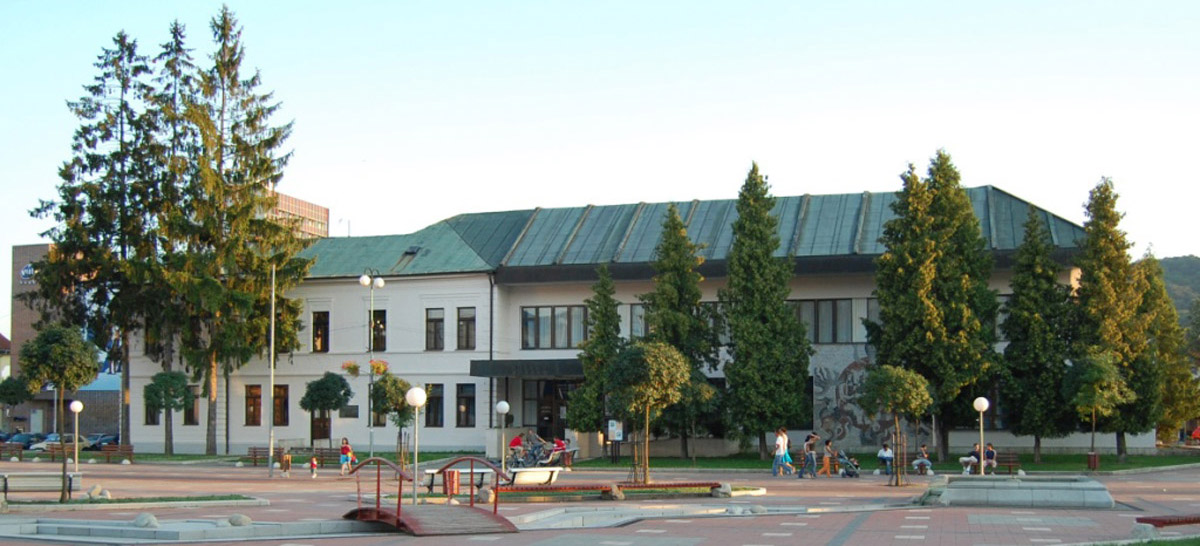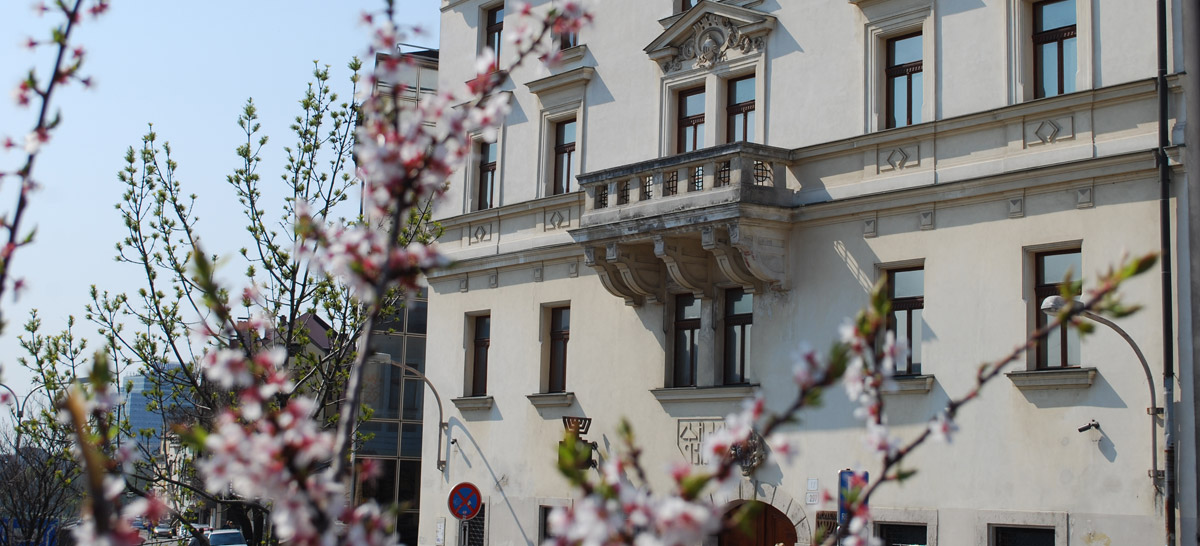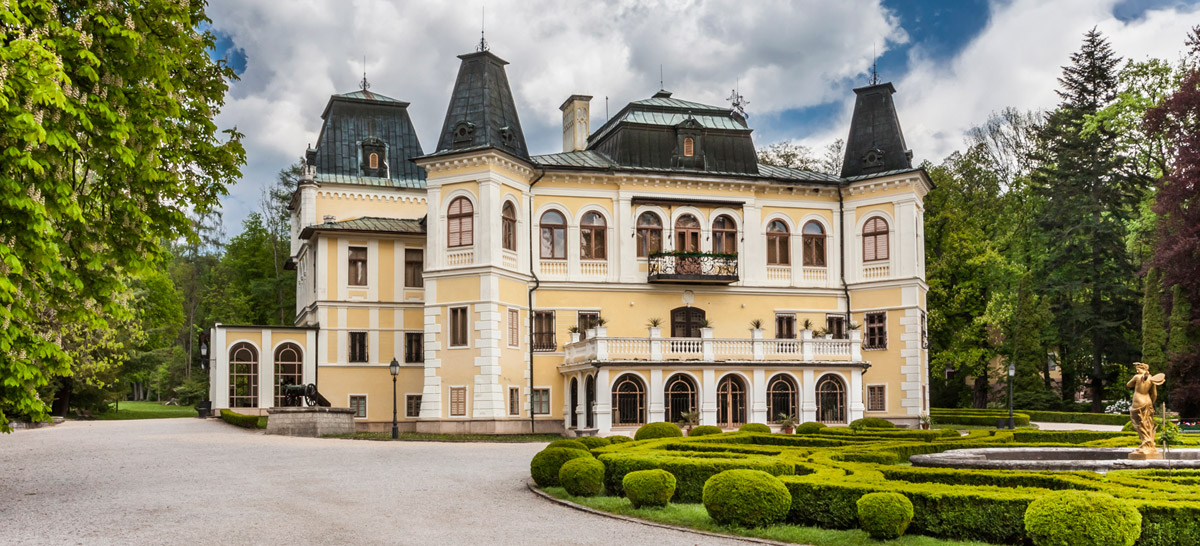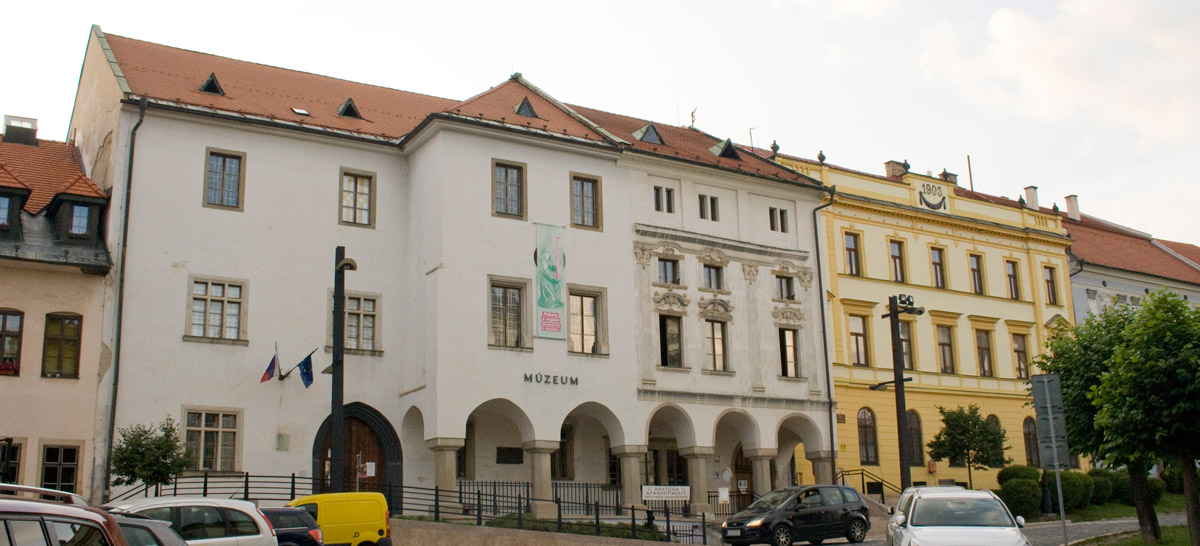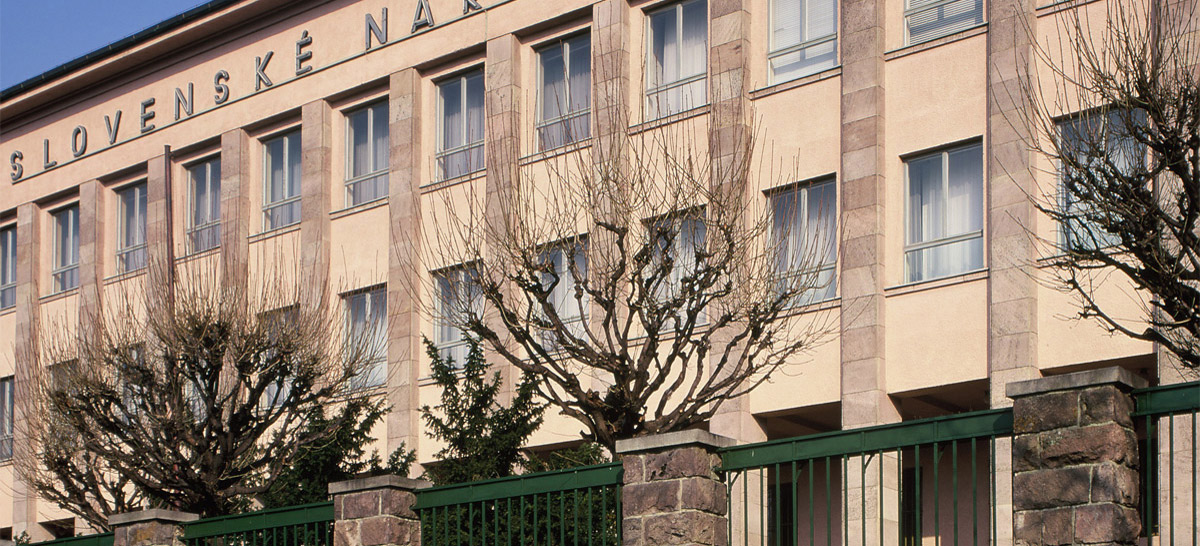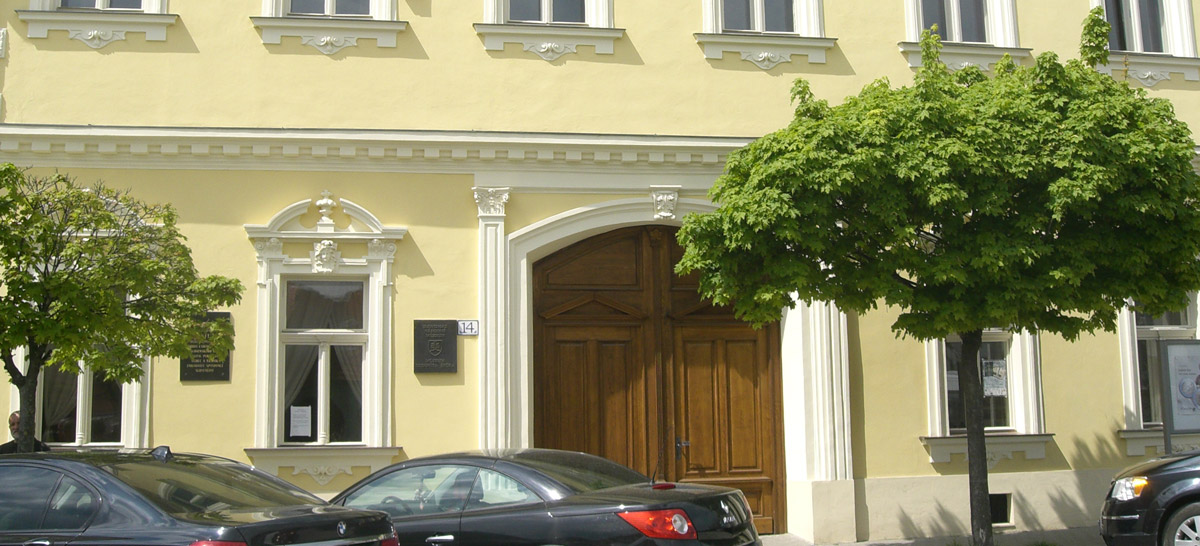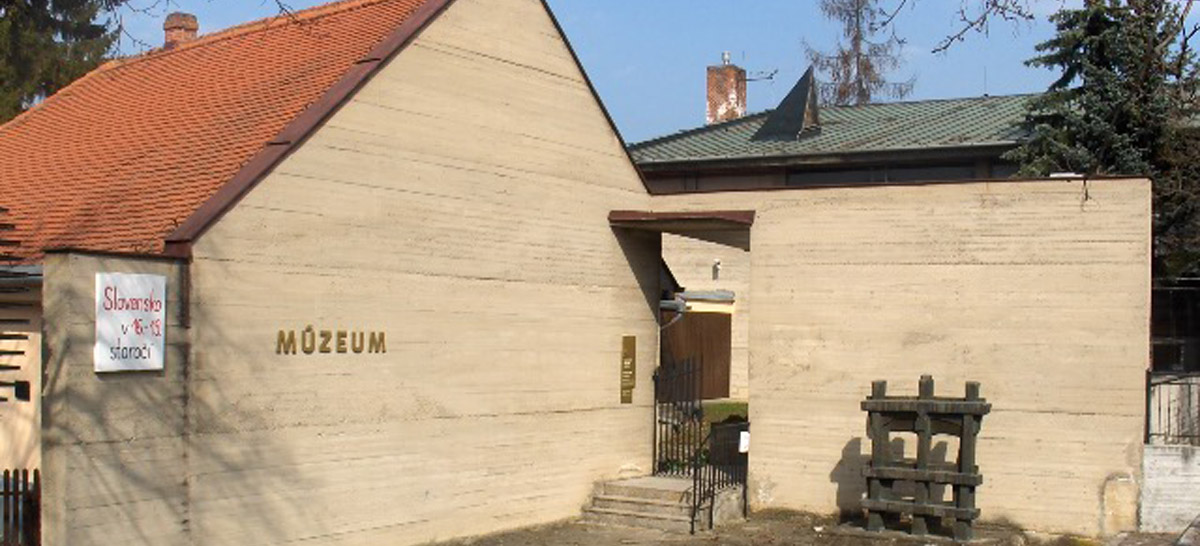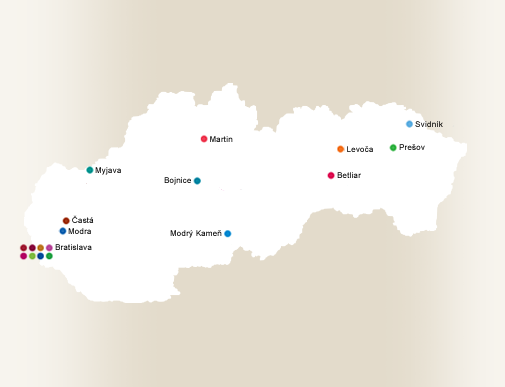About the museum
Museum Mission and History
Mission
The Museum of Hungarian Culture in Slovakia is a specialized museum with state-wide scope under the umbrella of the Slovak National Museum. It is focused on the history and culture of the Hungarian people in Slovakia. Its mission is the purposeful acquiring, protecting, researching and presenting the museum collections and evidence of the history and development of the material and spiritual culture of the Hungarian people in Slovakia. The museum is based in the premises of the renovated Brämer Mansion in the Žižkova Street no. 18 in Bratislava. It has its branch exhibitions in Dolná Strehová and Sklabiná.
History
Brämer Mansion forms a part of today’s only partially preserved Podhradie quarter with the Church of the Holy Trinity in the middle. The building of the mansion from the second half of the 16th century arose as a result of rebuilding older Late Gothic houses, which were combined into a single Renaissance four-wing floor plan. Around 1600, the castle officer Brämer had the house rebuilt into a two-storey Renaissance mansion. Matej Bel in his work Notitia Hungariae... mentions a chronostichon (chronogram) that was visible on the facade of the house: VirtVtis CoMes InVIDia. Based on this inscription, he concluded that the house was built in 1620. During the Renaissance rebuilding of the house, the entire western wing was completed, a staircase was added, all facades were unified, and semicircular corner turrets were also added, flanking the main facade. The last phase of the Early Baroque rebuilding in the first third of the 18th century was the completion of the northern courtyard wing. The subsequent modifications did not fundamentally change the appearance of the building. The house was later sold several times to the Bratislava burghers.

